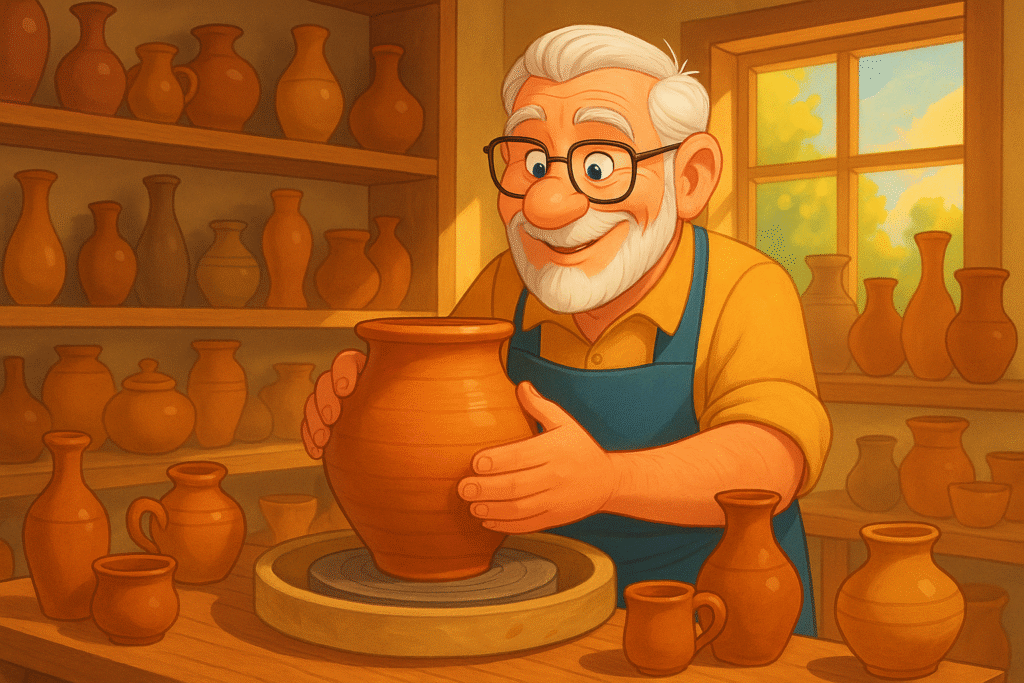
My father-in-law is a gifted artist, and among his many mediums became exceptionally adept as a potter.
Each piece he created was unique — a one-time expression of creativity, technical skill, and decades of experience. No two vessels were exactly alike.
“This is the opposite of what a production potter does,” he once told me. Production potters create functional, replicable designs — dining sets and everyday pieces made to consistent specifications, at scale, for commercial viability.
Though he’s moved on from pottery after parting with his kilns and potter’s wheel a couple years ago, this distinction reveals a fundamental tension every product maker faces.
On one side stands the artisan — creating unique, deeply personal work that resonates precisely because it can’t be mass-produced.
On the other stands the factory — building standardized, scalable solutions that reach more people through efficient replication.
I was in an IKEA on the weekend, and noticed they brag that they keep prices low partly by producing in extreme mass quantities.
Where does YOUR product fall on this spectrum?
The temptation in today’s scale-obsessed business culture is to chase pure replicability. After all, venture capitalists don’t fund one-of-a-kind masterpieces — they fund operations that can grow exponentially without proportional cost increases.
One of the main considerations that makes a Shark Tank winner is scalability.
But this pursuit of perfect scalability can strip away the very soul of what makes your offering special.
In I Need That, I explore how successful products balance the art of creation with the science of scale. The most compelling brands maintain a distinct “signature”—something uniquely theirs—while finding smart ways to replicate their core value.
Product Payoff: Luxottica is the most powerful eyewear company you’ve never heard of. They’ve mastered the art of controlled variation — producing millions of glasses annually while maintaining distinctive brand identities. Their acquisition of Ray-Ban in 1999 transformed a declining brand by standardizing production while preserving distinctive design elements customers recognized. Rather than making every product identical, Luxottica standardized components and processes while maintaining carefully calculated variation where it mattered most to consumers.
Action for today: Stand back and look objectively at your product development process through the artisan-vs-factory lens. What elements absolutely require consistency for efficient scaling, and what aspects benefit from variation and personalization?
The key is standardizing the invisible foundation while preserving flexibility in the visible touchpoints that create emotional connection. Build your “signature elements” into a scalable framework rather than choosing between pure artisanship and soulless mass production.
Does your product have a signature element that makes it distinctly yours, even as you scale? Tap that reply arrow and share how you’re balancing artisanship with scalability.
Or reach out to my team of product scaling strategists at Graphos Product.
